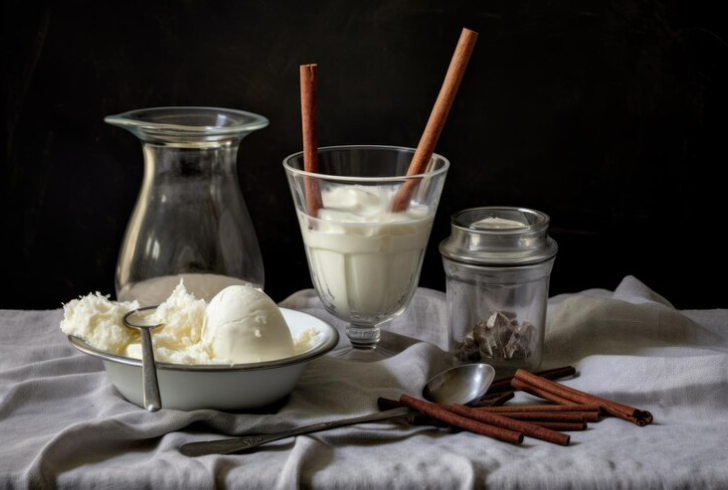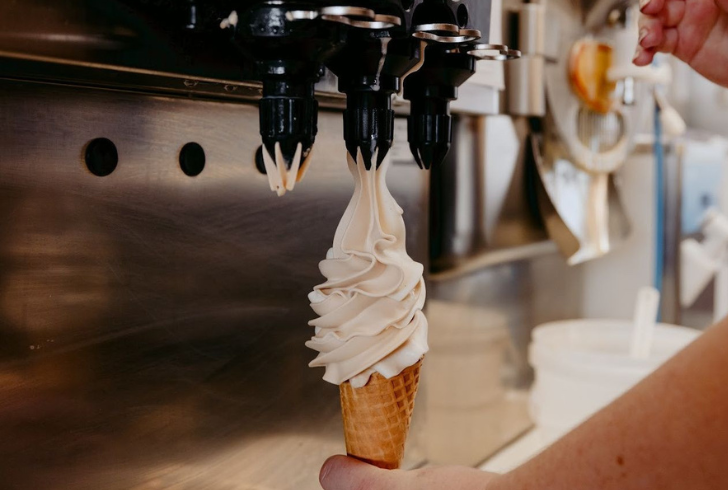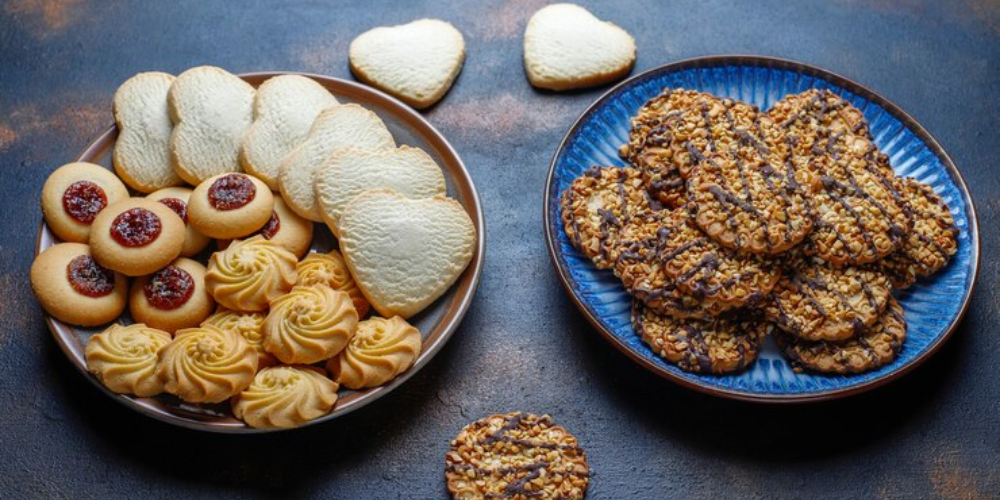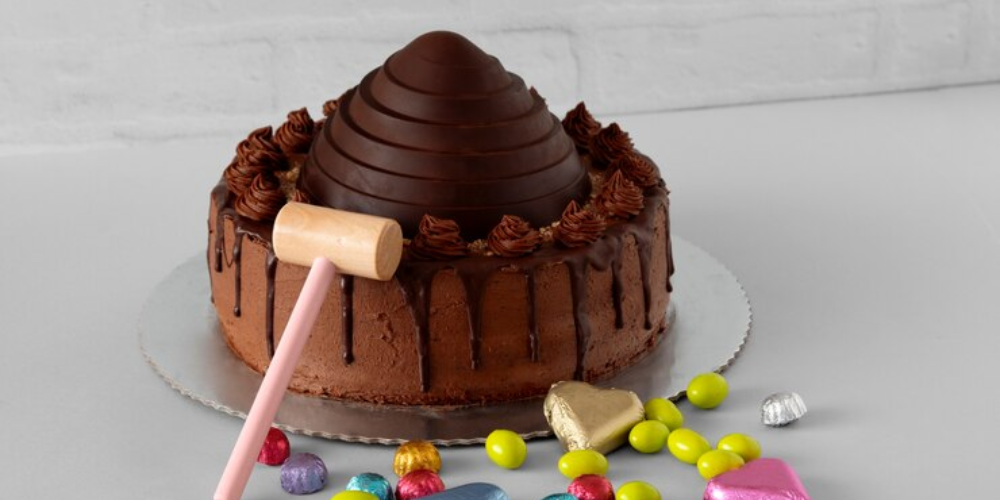Have you ever heard the melodic jingle of an ice cream truck rolling down the street, only to discover it's dispensing delightful swirls of soft serve? The world of frozen treats can be a confusing one, especially when seemingly similar options exist. While both soft serve and ice cream bring smiles to faces and cool down a scorching summer day, they have distinct characteristics that set them apart.
The Science Behind the Scoop

Freepik | stickerside | Delicious ice cream made with simple ingredients: cream, milk, and sugar.
The foundation of both soft serve and ice cream lies in a similar cast of characters: cream, milk, sugar, syrups, and flavorings. But the magic truly unfolds in the ratios and a secret weapon – air.
Soft serve boasts a lighter, airier texture thanks to a lower butterfat content, typically ranging from 3% to 6%. In contrast, ice cream must contain at least 10% butterfat, lending it a denser, richer mouthfeel.
But air is the ultimate game-changer. Soft serve incorporates a significantly higher air content, between 30% and 60%, compared to ice cream's 25-50% (or even higher for store-bought varieties). This air infusion, known as overrun, is what gives soft serve its pillowy-soft texture and allows for more servings per mix.
The Churning Process

Freepik | Ice cream starts as a liquid base that is pasteurized and homogenized.
The journey from ingredients to frozen deliciousness takes different paths for soft serve and ice cream.
Soft serve relies on a specialized machine that chills and churns a liquid or powder mix simultaneously. This continuous process keeps the soft serve at the perfect serving temperature, ready to be dispensed into cones or cups.
Ice cream, on the other hand, starts as a liquid base that undergoes pasteurization and homogenization. Then, it enters a batch freezer, where it's cooled, blended, and aerated. Once it reaches the desired hardness, the ice cream is extracted and stored at a much colder temperature (around 0 to 5 degrees Fahrenheit) compared to soft serve.
The Great Freeze Out

Instgaram | elskidanishicecreamery | Soft serve stays fresh in its machine's refrigerated hopper and freezing cylinder.
The storage methods for soft serve and ice cream further highlight their differences.
Soft serve thrives in its dedicated machine's refrigerated hopper and freezing cylinder. This ensures it stays ready for service without the need for additional freezing. However, if you do decide to store dispensed soft serve, an airtight container and your home freezer become its temporary haven.
Ice cream, with its lower serving temperature, demands a dedicated ice cream freezer – the kind you see stocked with tubs at your local Carvel. These freezers are specially designed to maintain the ideal temperature and consistency of frozen treats.
Choosing Your Frosty Champion
So, when it comes to soft serve and ice cream, the choice boils down to your personal preferences and needs. Soft serve offers a delightful, lighter option that's perfect for a quick summertime treat. Ice cream, with its richer texture and wider variety of flavors, caters to those seeking a more indulgent experience.
Ultimately, both soft serve and ice cream offer a chance to indulge in pure, frozen joy. So, the next time the ice cream truck's melody tempts you, remember, the decision is yours – a soft serve serenade or a classic ice cream concerto?








